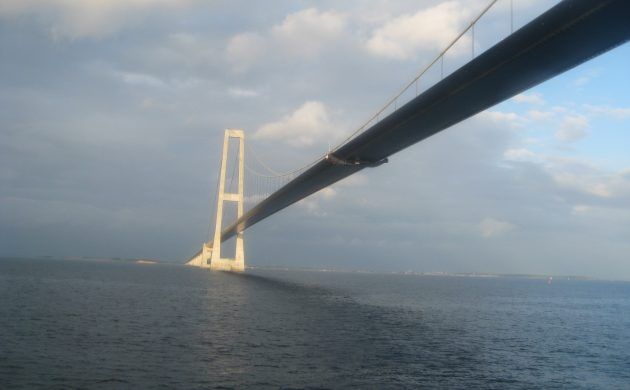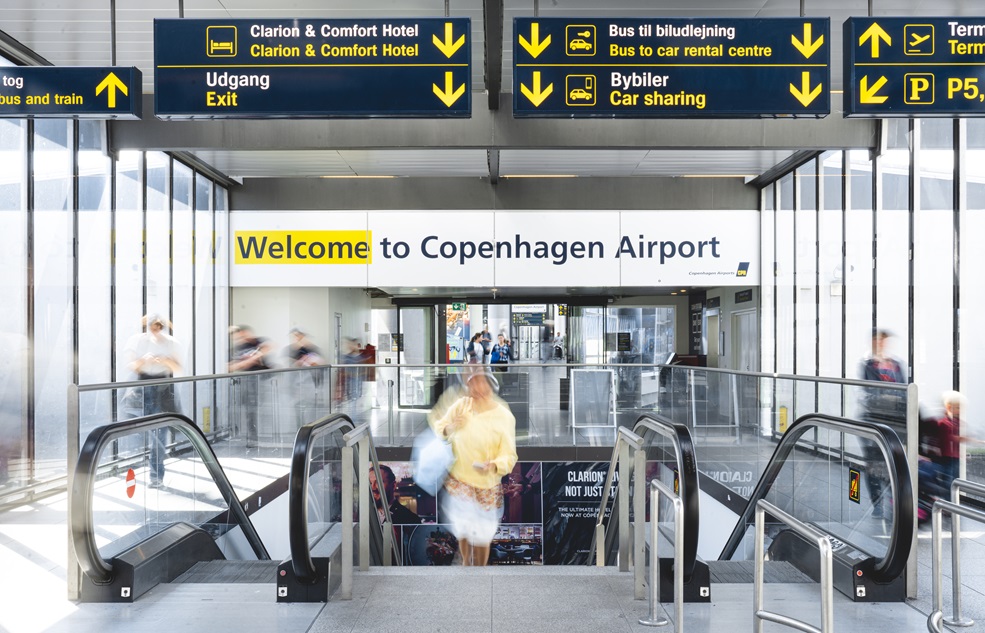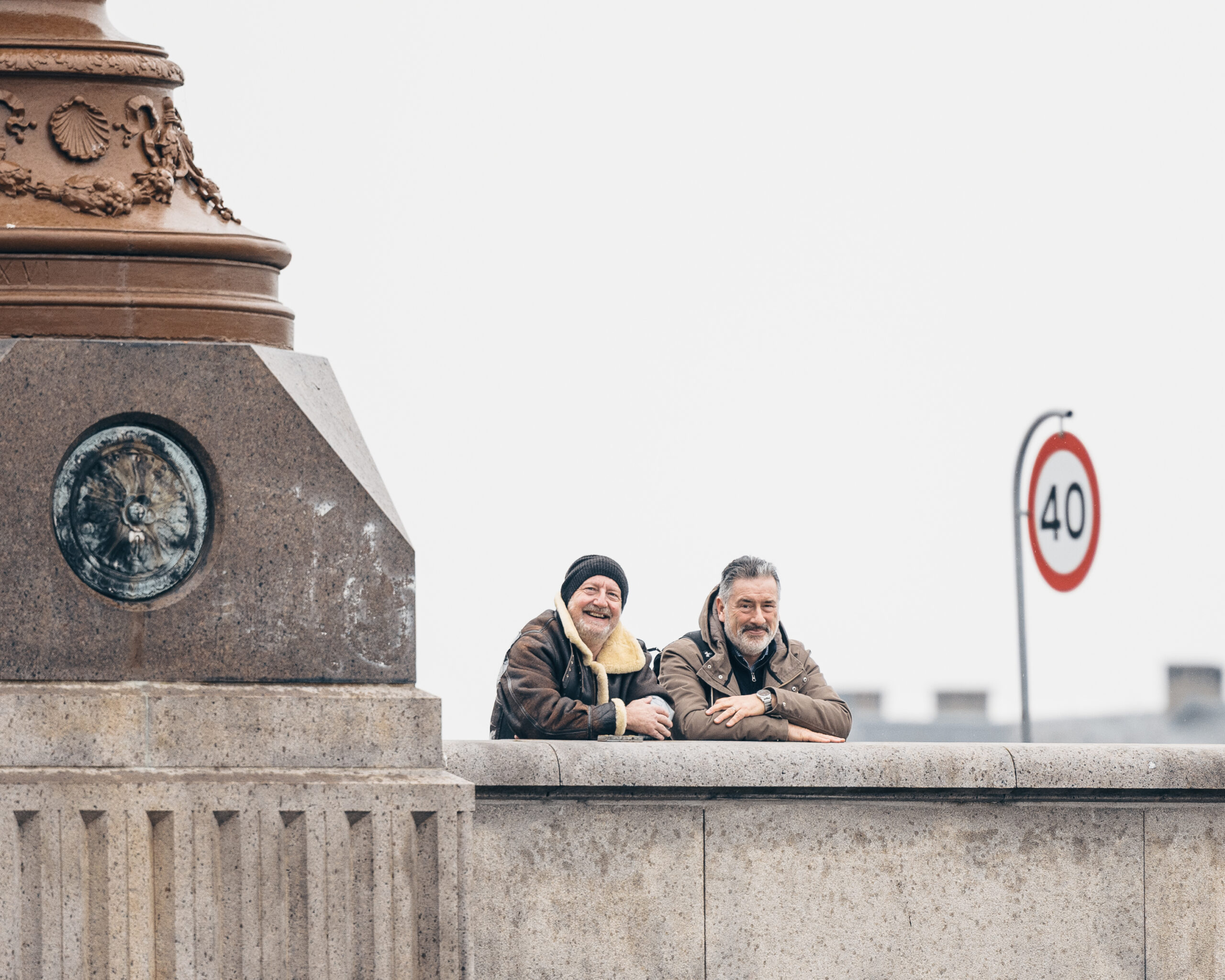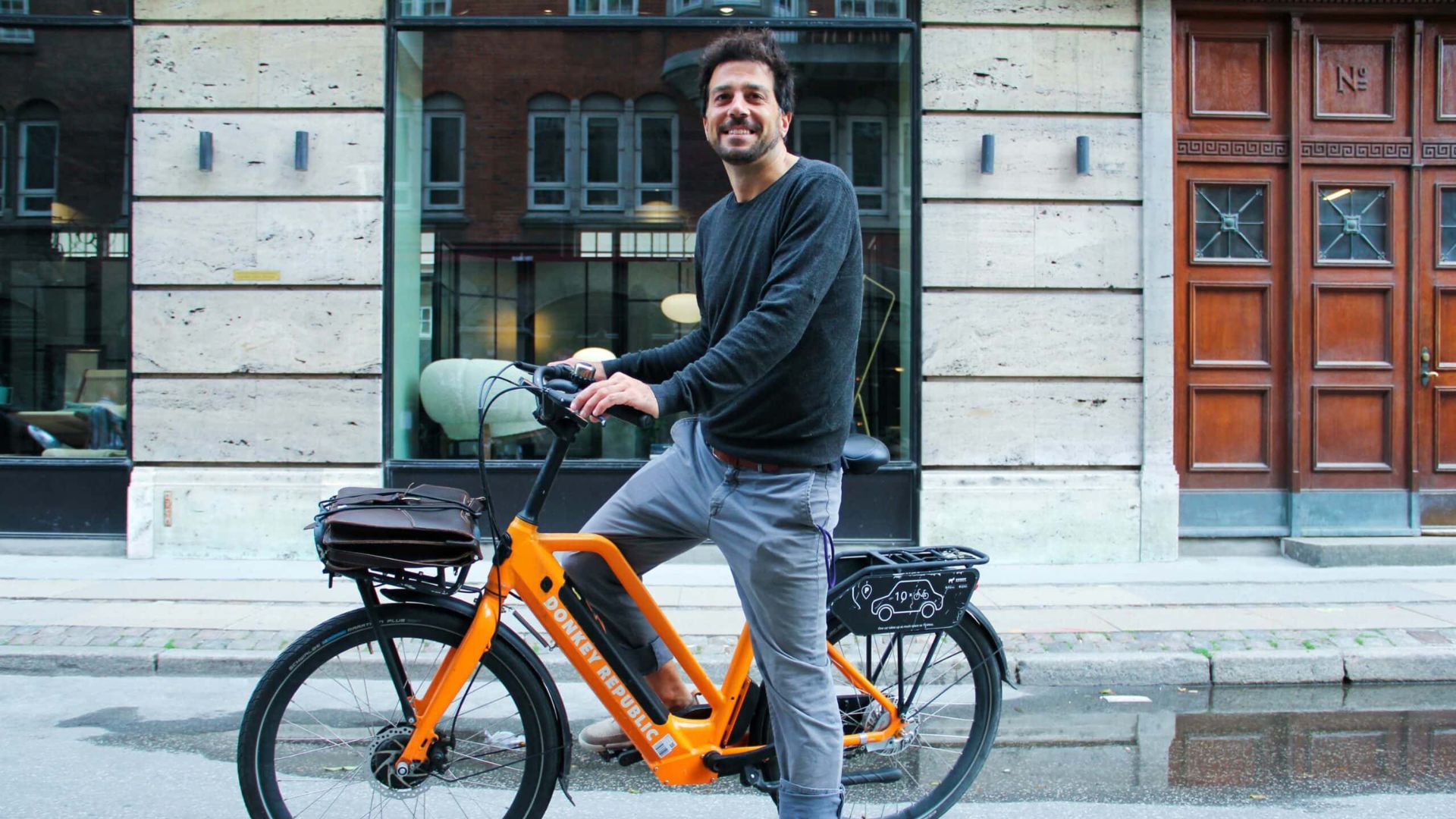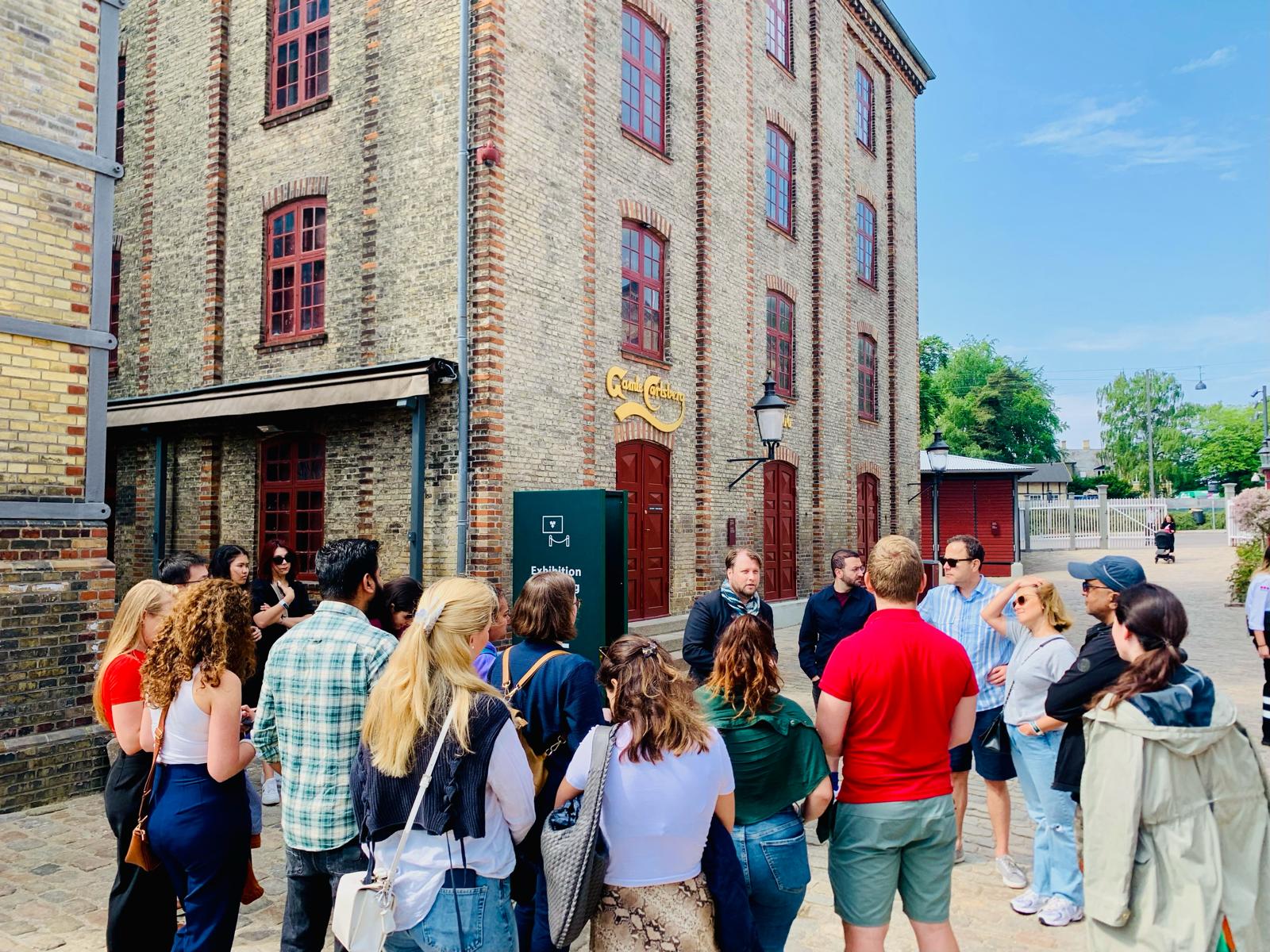The train crash that took place yesterday morning on the Great Belt Bridge has claimed a further two lives, taking the death toll up to eight – while a further 16 were injured.
The police are still working on identifying the victims – five women and three men – and so far they have indicated that they are “quite sure” regarding the identification of four of the people killed, while they remain unsure about the other four.
“We are trying as quickly as we can to get them identified whilst working in rather difficult conditions. We are using dental records and DNA as some of the bodies of the victims are very badly damaged,” said Lars Bramhøj, the chief police inspector with the Funen Police.
READ MORE: Six people killed as train travelling from Funen to Zealand crashes on bridge
Worst in 30 years
The police hope to be able to identify all of the passengers killed today, but ultimately the death toll could further increase, as some of the survivors remain hospitalised with what could be life-threatening injuries.
It is believed the accident was caused when a wagon on a freight train moving in the opposite direction blew off the rails in high winds and into the oncoming passenger train.
The news means the accident is the worst train disaster since 25 April 1988 when eight people were killed and 72 were injured when a train derailed at high speed near Sorø.
Traffic delays
Train traffic across the nation will be considerably impacted by the accident yesterday as the Great Belt Bridge remains closed off to train traffic.
National rail operator Banedanmark stated that the bridge is expected to partially reopen at 10:00, but it is yet to be decided when the second track will be available.
Buses have been scrambled to alleviate the situation and will continue running until the train link across the bridge has been restored.

